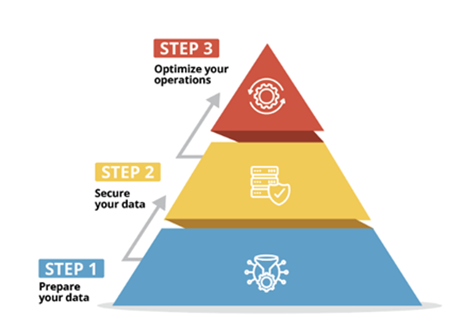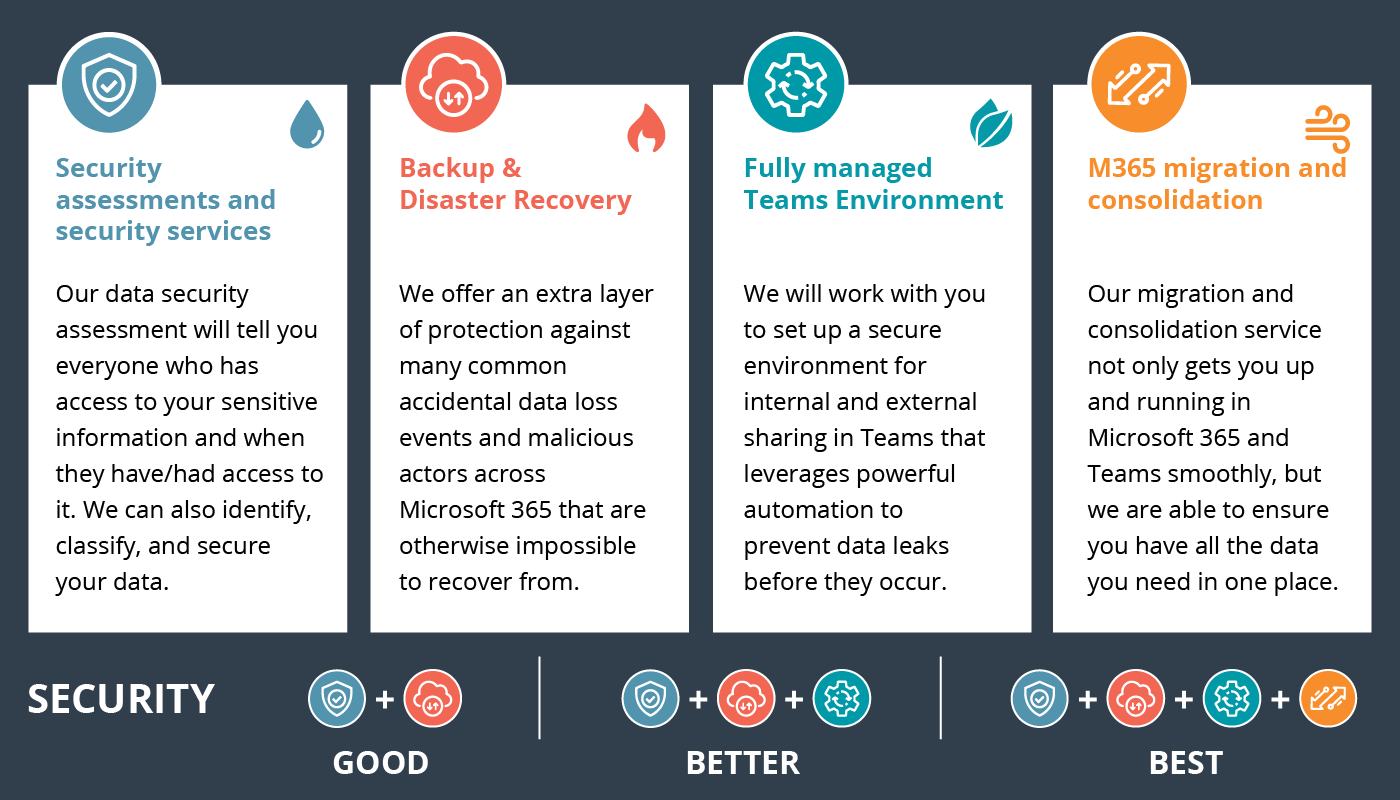How to Protect Your Infrastructure From SoCal Disasters
Download Sample M365 Risk AssessmentCompanies headquartered in Southern California are no strangers to natural disasters. Because we’re based in LA, we understand how this can affect a business and the importance of planning for future disruptions. We tell all of our SoCal clients that they need to be particularly vigilant about several unique disasters and risks that can have a significant impact on their IT infrastructure. These include:
- Earthquakes: Southern California is a seismically active region, making earthquakes a primary concern. Ground shaking can damage data centers, servers, networking equipment, and other critical infrastructure. Companies need to ensure that their IT facilities are earthquake-resistant, with proper hardware bracing and redundancy.
- Wildfires: Wildfires can lead to power outages, smoke, and evacuations. Smoke and ash can infiltrate data centers, causing hardware damage and affecting cooling systems. Data centers should have robust air filtration systems, and businesses need to establish backup data centers in safer locations.
- Power Outages: Severe weather, equipment failure, or wildfire-related incidents can result in power outages. Companies should have uninterruptible power supplies (UPS) and backup generators to keep IT systems running during power interruptions.
- Mudslides and Debris Flows: Following wildfires, heavy rainfall can trigger mudslides and debris flows that might disrupt network connectivity, damage equipment, and hinder access to data centers. Businesses should have contingency plans in place to manage these scenarios.
- Heatwaves: High temperatures can strain cooling systems and lead to overheating of IT equipment. Proper climate control and cooling measures are essential to prevent equipment failure during heatwaves.
- Tsunamis: Companies located near the coast should consider the potential risk of tsunamis triggered by undersea earthquakes. Data centers and critical infrastructure should be located at a safe distance from coastal areas.
- Cybersecurity Threats: Being a hub for technology and innovation, Southern California companies are exposed to cybersecurity risks such as data breaches, ransomware attacks, and hacking attempts. Comprehensive cybersecurity measures, including regular updates, employee training, and robust firewalls, are crucial.
- Traffic Disruptions: Proximity to major cities can lead to traffic congestion and disruptions. This can impact the movement of employees, equipment, and data. Companies should have remote work capabilities and alternative means of communication and data access.
- Social Unrest and Civil Disruptions: Urban areas in Southern California can experience social or civil unrest, potentially affecting IT infrastructure and employee safety. Businesses should have contingency plans for remote work, data protection, and employee safety during such events.
- Water Shortages: Droughts and water shortages can impact cooling systems and general operations. Implementing water-saving technologies and contingency plans for water scarcity can help manage this risk.
To mitigate these risks, companies should develop and regularly update their IT disaster recovery and business continuity plans. This should include data backup and restoration strategies, remote work protocols, equipment redundancy, cybersecurity measures, and clear communication plans. But probably most important, you should collaborate with local IT professionals who understand the threats and can provide additional insights and resources for disaster preparedness.
IT Disaster Recovery Downtime Calculator
Downtime can be devastating.
Do you know how much a potential IT incident would cost your organization?
Find out now by using our simple Downtime Cost Calculator.
IT Disaster Recovery Downtime Calculator
Downtime can be devastating.
Do you know how much a potential IT incident would cost your organization?
Find out now by using our simple Downtime Cost Calculator.
Solve Your IT Challenges
Increase your network's uptime and keep your connections secure with Akins IT
Attend An Event
Attend one of our events to learn something new from our partners and experts
Solve Your
IT Challenges
Increase your network's uptime and keep your connections secure with Akins IT.
arctic wolf labs
threat report 2024
This report offers expert insights into attack types, root causes, top vulnerabilities, TTPs, and more.
1301 Dove Street #130
Newport Beach, California 92660
Mailing Address:
3406 Via Lido, Suite 1A-22
Newport Beach, California 92663

All Rights Reserved | Akins IT | Privacy Policy | Terms of Service | Disclaimer
Website By: EnlightWorks



